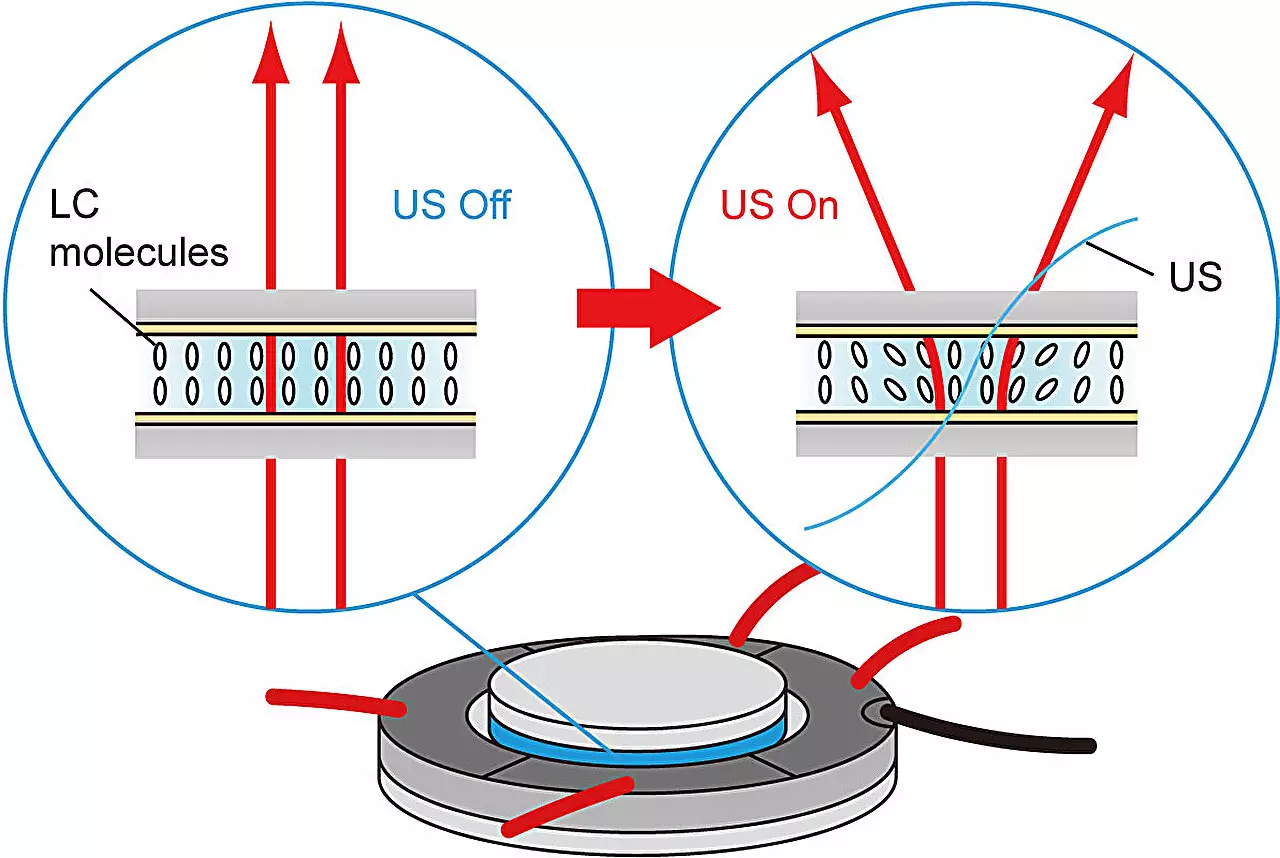Light is an essential aspect of human life, dating back to the discovery of fire by early humans. Over time, artificial light sources have been developed to provide light in various forms, such as incandescent lamps, gaslights, discharge lamps, and LEDs. The distribution and intensity of artificial lights indoors play a crucial role in influencing our ability to work and study effectively, as well as impacting our physical and mental well-being. Modern artificial light sources are designed with these factors in mind to achieve the best aesthetics.
LEDs are the most recent innovation in artificial light sources and have revolutionized the lighting industry due to their high efficiency. However, LEDs are typically smaller than traditional light sources, which has led to the need for diffusers to spread light over a larger area. Conventional light diffusers utilize periodic surface profiles, refractive index distributions, or light-scattering layers to direct and spread light in specific directions. While these diffusers can be tailored during fabrication to meet specific requirements, once fabricated, the properties, including diffusion directivity, cannot be changed easily.
In a recent study conducted by Professor Daisuke Koyama and graduate students from Doshisha University, an innovative tunable ultrasonic liquid crystal (LC) light diffuser was developed. This groundbreaking technology is based on the generation of non-coaxial resonant flexural vibration, which controls the molecular orientation and refractive-index distribution of the LC layer, providing control over diffusion angle and direction. Unlike traditional diffusers, this new device has a thin and simple structure with no mechanical moving parts, making it a highly efficient and versatile solution for controlling diffusion directivity.
The ultrasonic LC diffuser consists of a nematic LC layer sandwiched between two glass disks, along with an ultrasonic piezoelectric transducer. By applying a continuous reverse-phased sinusoidal signal to the transducer, ultrasonic vibration is produced on the glass disks. When the frequency of this vibration matches the resonant frequency of the LC light diffuser, non-coaxial resonant flexural vibration modes are generated on the LC layer, leading to changes in the molecular orientation of the LC layers and the transmitted light distribution. By adjusting the input voltage applied to the electrodes, the researchers were able to easily rotate the direction of the molecular orientation, thus controlling the diffusion directivity of the light.
Through their research, the team discovered that the diffusion angle of the ultrasonic LC light diffuser depends on the input voltage amplitude, with a maximum diffusion angle achieved at 16 V. Beyond this voltage, the diffused light may become unstable. Additionally, the transmitted light distribution was found to be influenced by the polarization of the incident light. These findings highlight the potential of the ultrasonic LC light diffuser for a wide range of applications where precise control over diffusion directivity is required, such as in lighting systems for study or work environments.
Overall, the development of the ultrasonic liquid crystal light diffuser represents a significant advancement in the field of lighting technology, offering a versatile and efficient solution for controlling diffusion directivity in artificial light sources. Its thin and simple design, coupled with the ability to adjust diffusion angle and direction without mechanical parts, makes it a valuable tool for enhancing the visual experience and overall well-being of individuals in various indoor settings.


Leave a Reply